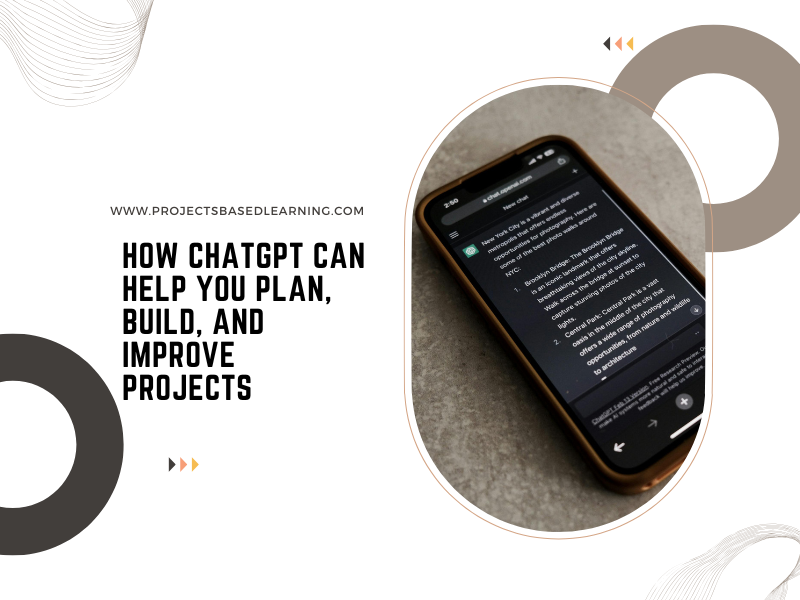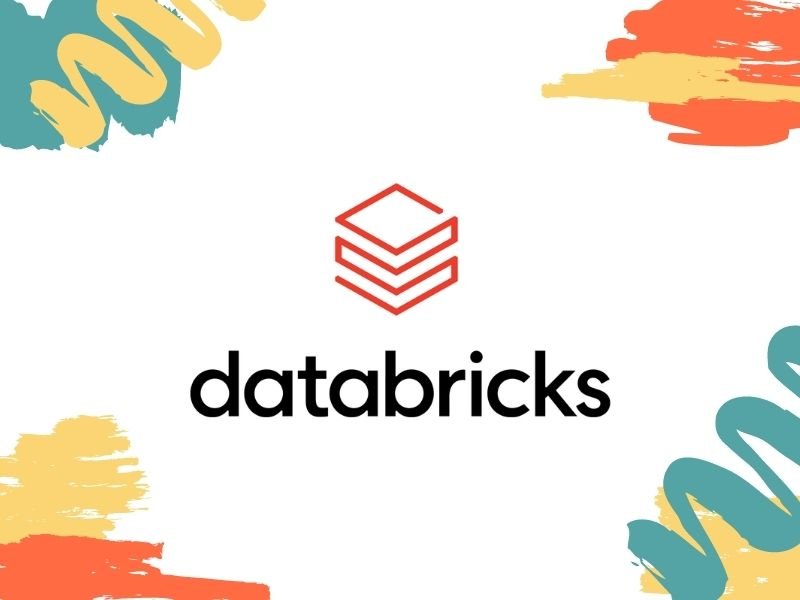In the world of projects—whether you’re working on data engineering pipelines, software development, content creation, or research—time and clarity are often in short supply. Projects typically stall not because of a lack of ambition, but due to missteps in planning, bottlenecks in execution, or difficulty in continuous improvement.
Enter ChatGPT: a versatile AI assistant that can act as a planner, problem-solver, collaborator, and reviewer all rolled into one. With the right prompts and approach, you can make ChatGPT your sidekick at every stage of your project’s lifecycle.
Streamline Project Planning
Every successful project starts with clarity of scope and purpose. ChatGPT can help you refine your idea into a structured plan:
Ideation: Use ChatGPT as a brainstorming partner. Feed it a high-level goal (e.g., “I want to build a pipeline to analyze customer behavior”) and let it surface possible approaches, technologies, and risks.
Defining scope: Ask ChatGPT to outline deliverables, success criteria, and potential milestones. This will prevent scope creep and help you stay realistic.
Timeline mapping: ChatGPT can suggest project roadmaps, break big objectives into achievable tasks, and even propose methodologies like Agile or waterfall depending on project type.
Risk forecasting: By asking “what could go wrong with this plan?”, you can uncover pitfalls before they happen.
Accelerate the Building Phase
When execution starts, ChatGPT becomes a real-time productivity booster:
Technical guidance: From writing Spark jobs or Docker configurations to setting up version control strategies, ChatGPT can provide the first draft of anything technical and save hours of Googling.
Templates and documentation: Instead of reinventing the wheel, you can get instantly generated templates—for progress trackers, documentation, or test plans—to keep work organized.
Problem-solving on the fly: If you encounter a bug, error message, or dead end, ChatGPT can explain what’s happening, suggest fixes, and point out better design alternatives.
Skill leverage: Not every team has expertise in every field. With ChatGPT, you can quickly tap into basic knowledge on design, finance, or marketing to fill temporary gaps.
Drive Continuous Improvement
Launching a project isn’t the end—it’s the beginning of iterations and improvements. ChatGPT can help with evaluation and growth:
Project retrospectives: Ask it to summarize what worked and what didn’t, then generate suggestions for improving workflows.
Feedback synthesis: When you collect feedback from stakeholders, ChatGPT can distill the raw input into key themes and recommended actions.
Performance analysis: By feeding metrics into ChatGPT, you can receive insights, alternative interpretations, and even hypotheses to test in the next iteration.
Knowledge transfer: ChatGPT can help package your work into learning documents, tutorials, or step-by-step guides for future reference or team onboarding.
Why ChatGPT Works as a Project Ally
Unlike a traditional tool, ChatGPT adapts to the way you work. It’s not locked to a methodology or platform—it bends around your workflow, whether you’re scrappy and iterative or tightly process-driven. Its ability to generate content, structure logic, and spark creative perspectives makes it less of a task executor and more of a thinking partner.
The truth is: projects succeed not only when you have resources, but when you have clarity, momentum, and adaptability. ChatGPT helps you cultivate all three.
Final Thoughts
Projects today move fast, and staying competitive requires reducing bottlenecks and maximizing insights at every stage. By integrating ChatGPT into your project lifecycle, you can minimize wasted time, stay focused on what matters, and build systems that are better thought-out, faster to execute, and easier to improve.
Think of ChatGPT not as a tool that takes over your work, but as a strategic enabler that helps you plan clearly, build efficiently, and refine continuously. With that mindset, your next project might just be your smoothest one yet.

